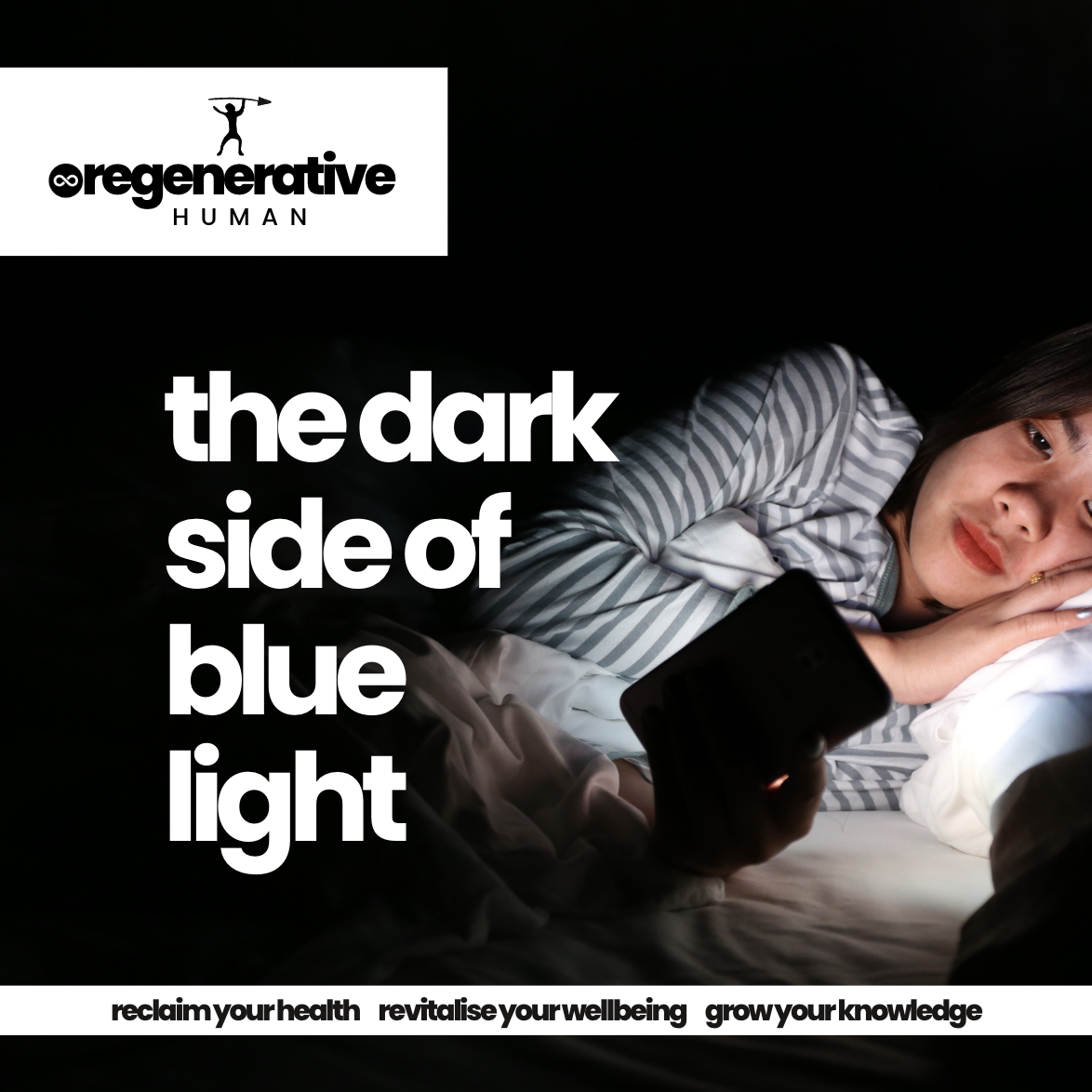What is blue light?
In our modern world, blue light is an omnipresent force, emitted by screens, LED lights, and various electronic devices that have become integral to our daily lives. While blue light is not inherently bad—it is essential for regulating our sleep-wake cycle and boosting alertness during the day—the overexposure to artificial blue light in the evening and nighttime has significant and often overlooked consequences for our health.
Impact on sleep
One of the primary concerns with blue light exposure is its impact on sleep. Blue light affects the production of melatonin, a hormone that regulates sleep. Normally, melatonin levels rise in the evening, signalling the body that it’s time to sleep. However, exposure to blue light from screens can delay melatonin production, making it harder to fall asleep and reducing overall sleep quality. Chronic sleep disruption can lead to a host of health problems, including weakened immunity, increased stress, and higher risk of chronic conditions such as diabetes and cardiovascular disease.
Impact on eyes
Beyond sleep disruption, blue light exposure can also strain the eyes. Prolonged use of screens without breaks leads to digital eye strain, characterised by dry eyes, blurred vision, and headaches. This condition, often referred to as computer vision syndrome, is becoming increasingly common as more people spend extended periods in front of screens for work and leisure. The high-energy visible (HEV) light emitted by screens penetrates deeper into the eye, potentially contributing to retinal damage over time.
Blue light and mental health
Another significant but lesser-known concern is the potential link between blue light exposure and mental health issues. Disrupted sleep cycles caused by blue light exposure can exacerbate symptoms of anxiety and depression. Poor sleep quality is closely linked to mental health disorders, and the continuous disruption caused by blue light can create a vicious cycle of sleep deprivation and deteriorating mental health.
Blue light and aging
Moreover, emerging research suggests that excessive blue light exposure might contribute to skin aging. Some studies indicate that blue light can penetrate the skin more deeply than UV rays, potentially causing oxidative stress and accelerating the aging process. This oxidative stress can damage skin cells, leading to premature wrinkles and loss of skin elasticity.
Fatigue and burnout
In the workplace, blue light exposure can also reduce productivity and increase the risk of burnout. The constant glare from computer screens can lead to fatigue and reduced concentration, impacting overall work performance. Furthermore, the stress on the eyes and the body’s disrupted natural rhythms can contribute to long-term health issues, further affecting professional life.
Stratagies to employ
To mitigate the adverse effects of blue light, several strategies can be employed. These include using blue light filters on devices, wearing blue light blocking glasses, and adopting good screen hygiene practices, such as taking regular breaks and reducing screen time before bed. Additionally, incorporating more natural light during the day and using dim, warm lighting in the evening can help maintain a healthy circadian rhythm.
In conclusion, while blue light is an integral part of modern life, its overexposure, especially during the evening and night, can have serious consequences for our health. From sleep disruption and eye strain to potential skin damage and mental health issues, the dark side of blue light is a growing concern that warrants greater awareness and proactive measures to protect our well-being.





